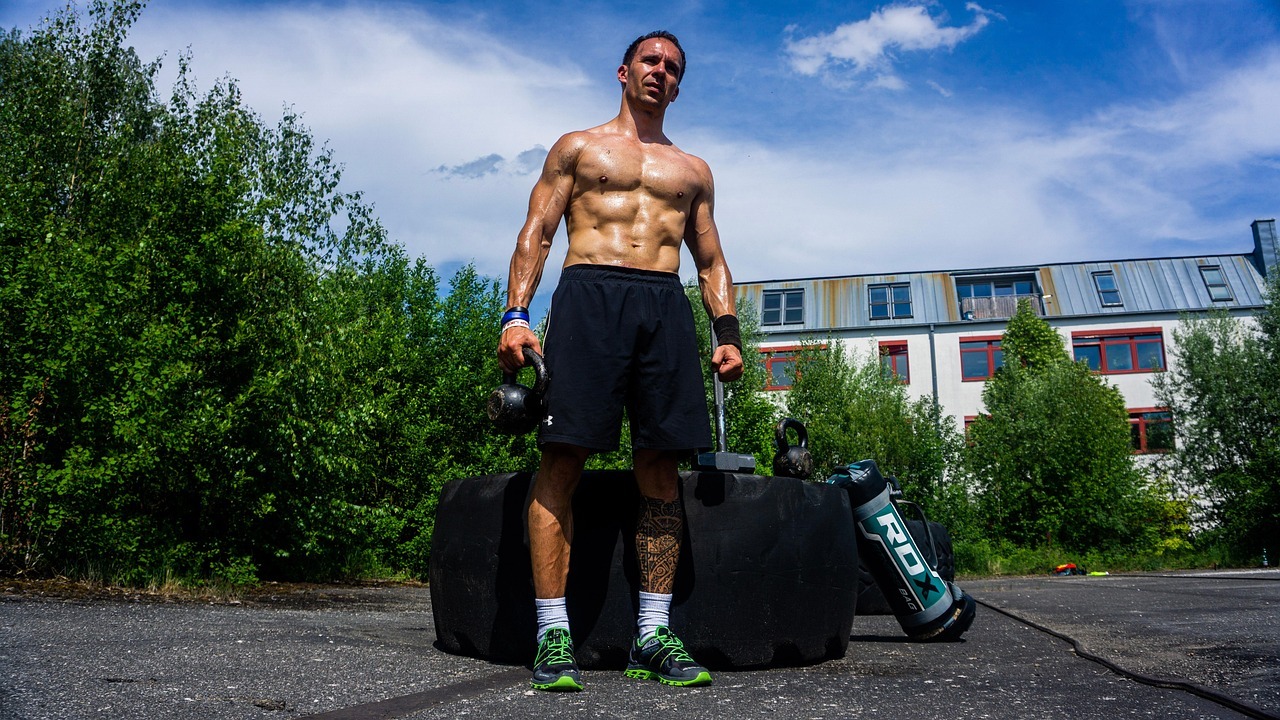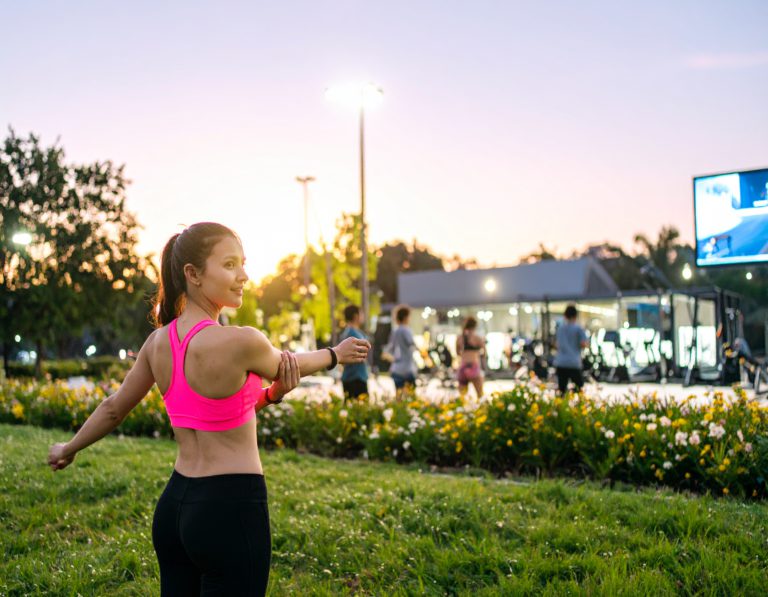Oh boy, the first time I heard about High-Intensity Interval Training, or HIIT, I could hardly believe it. One of my friends was going on about how it was all about gasping for air, not just plodding along on a treadmill for eternity. I mean, I was pretty dubious, thinking it was just another fitness craze that would disappear in no time. But then, curiosity—and a tiny bit of desperation to shake up my routine—nudged me to give it a shot. I’ve gotta say, it turned out to be quite the eye-opener.
Here I am, ready to dive into this whole HIIT thing with you, and I promise I’ll keep it simple. Picture me as just a regular person with quirky experiences and some pretty hilarious mishaps along the way.
The Discovery
It all kicked off one rainy day when I found myself staring at my dusty gym gear—you know, those dumbbells we all vow to use more often than we actually do. Rather than spiral into another episode of mindless phone scrolling, I thought, “What the heck, let’s see what this HIIT buzz is about!” The promise of shorter workouts with more oomph was like music to my ears. Efficiency is tantalizing, right?
That’s how my love-hate relationship with HIIT began. I quickly learned it was less about crafting the perfect playlist and more about discovering that my heart could pound in places I didn’t even realize had pulses. I admit, my initial flailing around seemed perfect for a comedy skit, rather than a fitness regime.
The Science Simplified
I’m no scientist, but here’s the lowdown on HIIT that clicked with me: It’s a mix of short bursts of intense exercise followed by little moments to catch your breath or keep it light. Imagine sprinting as if a bee with a vendetta is on your tail, then suddenly ambling like you’re lazily heading back inside after forgetting your snack. You aim to push that heart rate into the 70-90% range during those bursts.
The real kicker? Even after you’re done, drenched in sweat, your body sneaks in a bonus round of calorie-burning. It’s like a cheeky little metabolism boost that keeps going—an “afterburn,” if you will, or to sound all science-y, “excess post-exercise oxygen consumption” (EPOC). So your body is busy torching calories while you relax on the couch. Who wouldn’t enjoy that perk?!
Why It Works for Me
For someone like me who struggles to carve out big chunks of time for exercise, HIIT feels, ironically, like a big sigh of relief. Or maybe more like a gaspy gasp of fresh air. It’s short enough to defeat the dread of longer workouts and surprisingly versatile. A quick HIIT session can squeeze right in between meetings, before dinner (or dessert, let’s be honest), or even during those random moments of free time. It’s the perfect cameo in the long movie that is my day.
Something magical happens when I just let go. That pent-up frustration, stress, and goofiness spills out. Instead of tuning out like during monotonous cardio, I’m engaged, alive, often amazed at just how much I can sweat in a short time.
The Emotional Roller Coaster
Not every HIIT session is smooth sailing. Some days, those grueling 20-second bursts seem eternal, and my mind starts bargaining, protesting, and downright plotting its escape. Yet, each session reveals the best and worst of my resolve. Pushing myself beyond what I thought I could do leaves me feeling profoundly empowered. Mostly, I finish off feeling a blend of triumph, exhaustion, and an odd gratitude towards my own grit.
Then there’s the fun of doing HIIT in a group class—a shared, unserious struggle that shapes this bond of resilience and determination. Mid-session glances of solidarity say it all: we’re in this sweaty battle together.
Not Just About Weight Loss
Initially, I thought HIIT was all about dropping pounds. Sure, it’s great for that, but turns out it has so much more to offer. The mental perks are just as rewarding. It’s a space for resilience—a testing ground where time, effort, and results play out in harmony.
This journey has nudged me toward greater mindfulness and tuning into what my body says. It’s about feeling each move and adjusting my form to stay safe, rather than just focusing on scales or aesthetics.
Adjusting for All Ages and Stages
“Okay, HIIT sounds cool, but is it for everyone?” I can hear it now. Totally fair question! The beauty of HIIT is its flexibility. There’s something for everyone, really. Whether you’re doing intense lunges or just marching in place, intensity adjusts to your level. Trainers emphasize that, for beginners, form is top-priority—not perfection, just safety.
Tweaking HIIT to suit different fitness levels makes it approachable for athletes, older adults, or those easing back into exercise. Just remember, it’s always wise to chat with a health pro before jumping into any new workout routine.
Personal Victories
From my wobbly first steps to more confident routines now, I celebrate each little victory like a child. Whether I shave seconds off rest periods or add a rep without sacrificing form, every tiny win brings joy. Realizing progress can be measured in deeper breaths, a calmer heart rate, and fleeting moments of stillness has been the best gift of all.
A Few Final Thoughts
Diving into a HIIT journey isn’t about nailing every move or deciding to be the next fitness sensation. For me, it’s a powerful reminder that even short bursts of intensity can shake things up in such meaningful ways. They reignite my determination, reshape my mindset, and, for those sweet moments, beat the stubborn procrastination monster inside.
So it’s not just the soreness or beads of sweat that count; it’s about tapping into that hidden potential of short moments—a fulfilling paradox if I’ve ever heard one. I’ve joined the club of believers who relish those instances when intense effort uncovers remarkable promise.
Whether you’re on the fence or just about to take that bold step into HIIT, I hope my little tale sparks a pause, a curious thought, or a simple smile. And if you do dive into HIIT, may the intervals always favor you.







